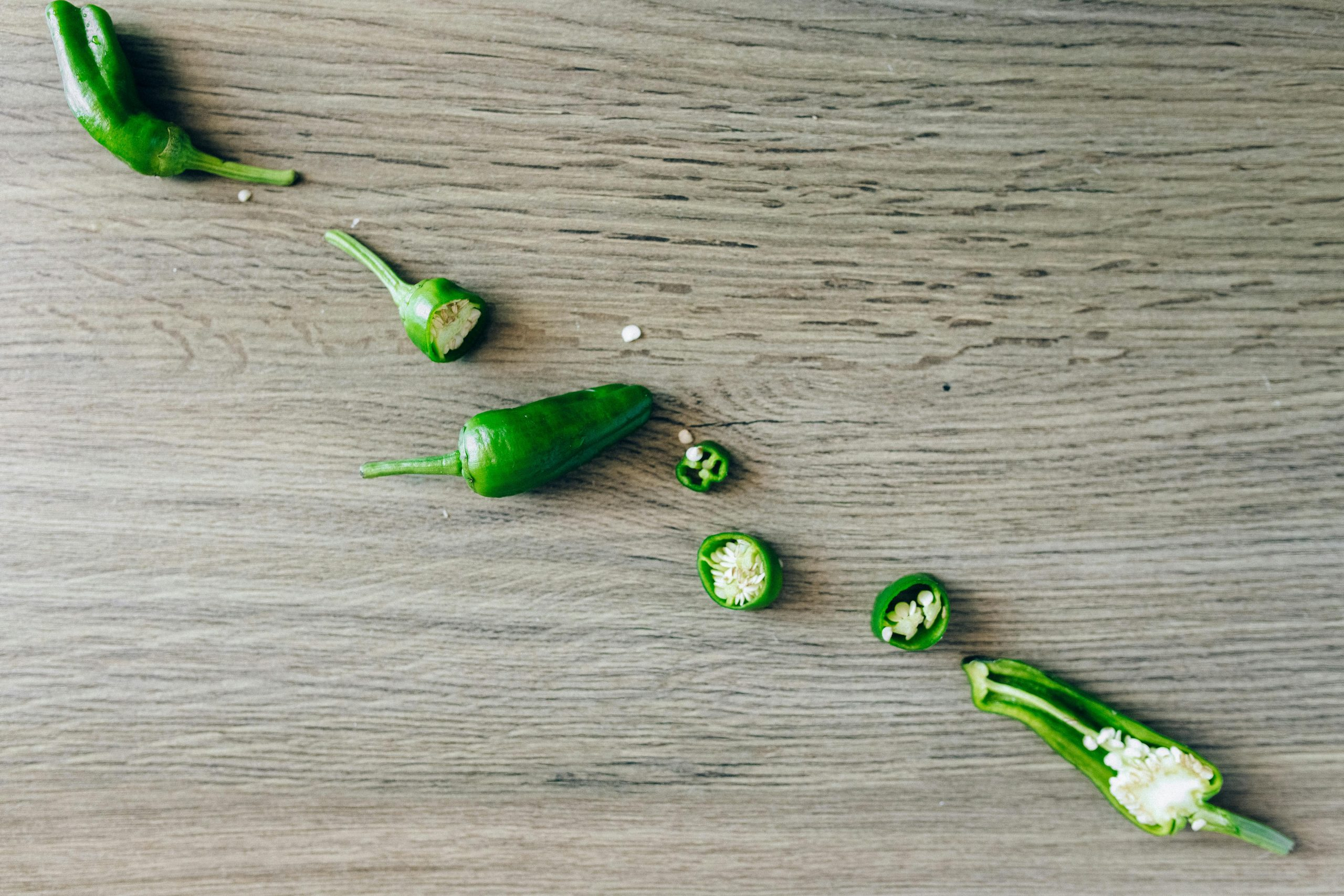Building a Herb Garden for Fresh, Year-Round Flavor
Are you tired of constantly buying expensive, lackluster herbs from the grocery store? Look no further, as a solution to your problem could be as simple as building your own herb garden! Not only will this save you money, but it will also provide you with fresh, year-round flavor for all your cooking needs. In this article, we’ll discuss the steps you need to take to create your own herb garden for a never-ending source of flavorful seasonings.
The Benefits of Growing Your Own Herbs
Growing your own herbs has a multitude of benefits. Firstly, it allows you to have access to a variety of fresh herbs without breaking the bank. Instead of spending a few dollars every time you need a certain herb, you can simply pick it from your garden. This also means that you’ll always have an abundant supply of herbs on hand, which is especially convenient for spontaneous cooking.
Another benefit is that you have complete control over the quality and growth of your herbs. You can ensure that they are grown organically and free from harmful chemicals, making them a much healthier and safer option compared to store-bought herbs.
Lastly, growing your own herbs is a fun and rewarding experience. It allows you to connect with nature and watch your herbs grow from seeds to fully grown plants, providing you with a sense of accomplishment and satisfaction.
Step 1: Choose the Right Location
The first step in building your herb garden is finding the perfect spot for it. Herbs require at least six hours of sunlight a day, so make sure to choose a location that receives plenty of direct sunlight. It’s also crucial to choose an area with good drainage to avoid waterlogged soil which can cause your herbs to wilt or even die.
Step 2: Decide on the Type of Garden
Herbs can be grown in a variety of ways, including in a traditional garden bed, raised beds, or even in containers. Decide on the type of garden that best suits your space and needs. Container gardens are great for small spaces and provide the flexibility to move your herbs around if needed.
Step 3: Select Your Herbs
When choosing which herbs to grow, consider what you regularly cook with and what flavors you enjoy. Some popular herbs to grow include basil, rosemary, thyme, and parsley. It’s also a good idea to choose a variety of herbs that grow at different heights and have different watering requirements so that they can thrive together.
Step 4: Prepare the Soil
Herbs thrive in well-draining, fertile soil. Before planting, add compost or a fertilizer high in organic matter to the soil to provide your herbs with the necessary nutrients. You can also add some sand or perlite to ensure proper drainage.
Step 5: Plant the Herbs
Once your soil is prepared, it’s time to plant your herbs. Follow the instructions on the seed packets for the appropriate spacing and depth for each herb. Make sure to water the soil thoroughly after planting to help the seeds settle and promote germination.
Step 6: Maintain Your Herb Garden
To ensure your herbs continue to thrive, regular maintenance is essential. This includes watering your herbs weekly or when the soil feels dry, removing any weeds, and trimming your herbs regularly to encourage growth and prevent them from becoming too woody.
Step 7: Harvest Your Herbs
The best part of growing your own herbs is harvesting them! Most herbs can be harvested multiple times throughout the growing season. Make sure to only remove one-third of the plant at a time to avoid damaging it. Herbs are at their most flavorful just before they flower, so make sure to harvest them at this stage.
Conclusion
Building your own herb garden not only provides you with an endless supply of fresh, flavorful herbs, but it’s also a fun and rewarding experience. Once you have your herb garden up and running, it requires minimal maintenance and will provide you with an abundance of herbs for all your culinary creations. Start building your own herb garden today for an easy and cost-effective way to elevate your cooking game!










